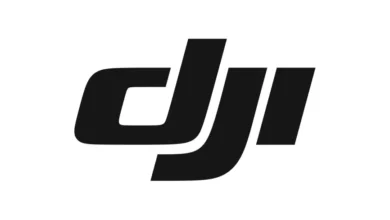Patrick Industries’ Q1 Financials Bolstered by RV Segment

Patrick Industries today reported financial results for the first quarter ended March 31.
Net sales increased 4% to $933 million, an increase of $33 million compared to the first quarter of 2023. The increase in sales was primarily driven by higher revenue from its RV and housing end markets combined with the acquisition of Sportech, which together more than offset lower revenue from its marine end market.
Operating income of $59 million in the first quarter of 2024 increased $3 million compared to $56 million in the first quarter of 2023. Operating margin of 6.4% increased 20 basis points compared to 6.2% in the same period a year ago, as acquisition transaction costs and purchase accounting adjustments were more than offset by higher fixed cost absorption within our RV businesses and the benefits of cost savings initiatives executed in prior periods. Excluding acquisition transaction costs and purchase accounting adjustments in both periods, adjusted operating margin improved 70 basis points to 7% in the quarter.
Net income increased 16% to $35 million compared to $30 million in the first quarter of 2023. Diluted earnings per share of $1.59 increased 18% compared to $1.35 for the first quarter of 2023.
Excluding acquisition transaction costs and purchase accounting adjustments in both periods, adjusted net income increased 29% to $39 million or $1.79 per diluted share.
“Patrick returned to growth in the first quarter as a result of our disciplined operating management, market share growth and strategic acquisition and diversification strategy,” said CEO Andy Nemeth. “We generated 15% higher RV revenue, which when coupled with stronger housing revenue and the first quarter acquisition of Sportech more than offset a 35% decline in our marine revenue. We leveraged our cost structure and delivered higher consolidated net sales and profit along with margin expansion. I am extremely proud of the entire Patrick team for their hard work during the quarter as our focus on providing the highest quality service and delivering value-added solutions supported our customers across our end markets. Our strong financial foundation and liquidity position facilitated our acquisition of Sportech, solidifying powersports as another Outdoor Enthusiast platform for Patrick. Our first quarter results further demonstrate the benefits of our diversification strategy, and when combined with our customer-focused philosophy, investment in higher-engineered products and ability to scale quickly to OEM needs, help to ensure that Patrick is in an ideal position to drive future organic and strategic growth as we look forward to an expected recovery in demand.”
“We are excited about the future of Patrick, as we realize the benefits of the investments we have made in business, talent, and infrastructure,” said Jeff Rodino, president of RV segment. “Our team hit the ground running in the first quarter as we supported and collaborated with our customers, remaining agile and ready to pivot when necessary. We remain focused on profitable growth and generating free cash flow while maintaining a balanced capital allocation strategy, with a focus on expanding our presence within our end markets as we strive to make Patrick the supplier of choice to the Outdoor Enthusiast and Housing markets.”
First quarter 2024 revenue for RV (45% of revenue):
Revenue of $421 million increased 15% while wholesale RV industry unit shipments increased 9%.
Content per wholesale RV unit (on a trailing twelve-month basis) decreased 9% to $4,859. Compared to the fourth quarter of 2023, content per wholesale RV unit (on a trailing twelve-month basis) increased 1%, representing the first sequential increase in content per unit since the first quarter of 2023.


